Dogs have been humanity’s loyal companions for centuries, providing comfort, protection, and unconditional love. However, one of the hardest realities for dog lovers is that our canine friends have significantly shorter lifespans than we do. While some breeds are known for their longevity, others have much shorter life expectancies due to a variety of factors, including genetics, size, and predisposition to certain health issues. Understanding which breeds have shorter lifespans can help prospective dog owners make informed decisions and prepare for the responsibilities and emotional challenges of owning a dog from one of these breeds.
9. Great Dane
Great Danes are often called “gentle giants” because of their large size and gentle temperament. Unfortunately, their size also contributes to their short lifespan. On average, a Great Dane lives for about 7 to 10 years, with some rare individuals reaching up to 12 years. The breed’s massive size puts a lot of strain on their bodies, especially their hearts and joints. Great Danes are prone to conditions such as hip dysplasia, cardiomyopathy, and bloat, the latter of which can be life-threatening if not treated immediately. Despite their short time with us, their affectionate nature makes them unforgettable companions.
8. Bernese Mountain Dog
The Bernese Mountain Dog, known for its beautiful tri-colored coat and friendly demeanor, typically lasts 6 to 8 years. Originally from the Swiss Alps, this breed was bred for work and has a strong, sturdy build. However, this strength comes with a predisposition to several health issues, particularly cancer. Studies have shown that nearly half of all Bernese Mountain Dogs will develop some form of cancer in their lifetime, making it the leading cause of death in the breed. Additionally, they are prone to hip and elbow dysplasia, which can significantly affect their quality of life as they age.

7. Irish Wolfhound
The Irish Wolfhound is one of the tallest dog breeds, often standing over 30 inches at the shoulder. Unfortunately, like many large breeds, they have a short lifespan, typically only 6 to 8 years. Historically bred as a hunting and guard dog in Ireland, the breed’s large size is one of the main factors contributing to its short life. They are prone to several health issues, including dilated cardiomyopathy (a condition where the heart becomes enlarged and cannot pump blood effectively), bone cancer, and bloat. Their rapid growth rate as puppies can also lead to joint problems, further complicating their health as they age.
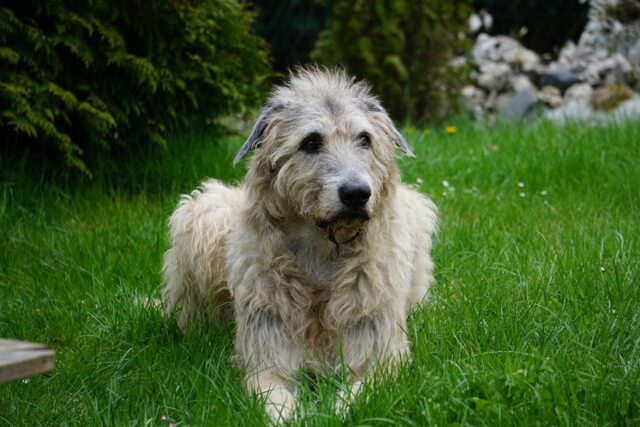
6. Neapolitan Mastiff
The Neapolitan Mastiff, with its wrinkled skin and massive frame, is a breed that commands attention. Unfortunately, this ancient breed has a lifespan of only 7 to 9 years. Neapolitan Mastiffs are prone to several health issues contributing to their shortened lifespan. These include hip dysplasia, heart disease, and immune system disorders. Their size also makes them susceptible to joint and bone problems, leading to declining mobility and overall quality of life as they age. Despite their intimidating appearance, Neapolitan Mastiffs are known to be gentle and affectionate with their families.

5. Dogue de Bordeaux
The Dogue de Bordeaux, also known as the French Mastiff, is a breed with a rich history and a very short lifespan of 5 to 8 years. This breed is one of the oldest in France and was historically used for guarding, hunting, and pulling carts. The Dogue de Bordeaux is a brachycephalic breed with a short, broad skull, which can lead to breathing difficulties and other respiratory issues. They are also prone to heart problems, including dilated cardiomyopathy, as well as hip dysplasia and skin infections due to their loose, wrinkled skin. Despite these challenges, the Dogue de Bordeaux is a loyal and courageous breed that forms strong bonds with its owners.
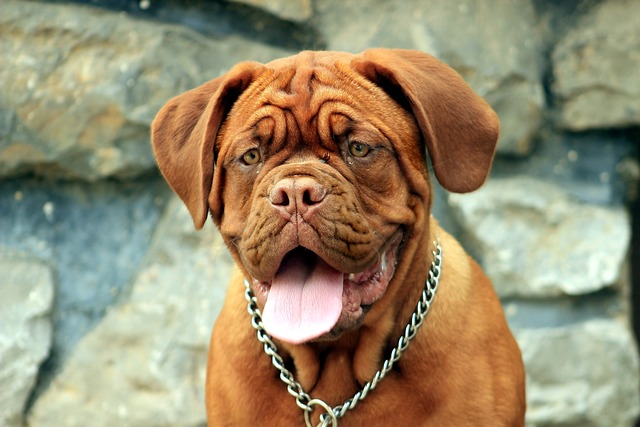
4. Saint Bernard
Saint Bernards are known for their massive size and history as rescue dogs in the Swiss Alps. Unfortunately, their size also contributes to a shorter lifespan, with most Saint Bernards living only 7 to 10 years. Like other large breeds, Saint Bernards are prone to joint and bone issues, such as hip dysplasia and osteosarcoma (bone cancer). They are also at risk for heart problems, including dilated cardiomyopathy, and bloat, a condition that can be fatal if not treated quickly. Their heavy coats can also make them susceptible to heatstroke in warmer climates, adding to the health concerns that can shorten their lives.
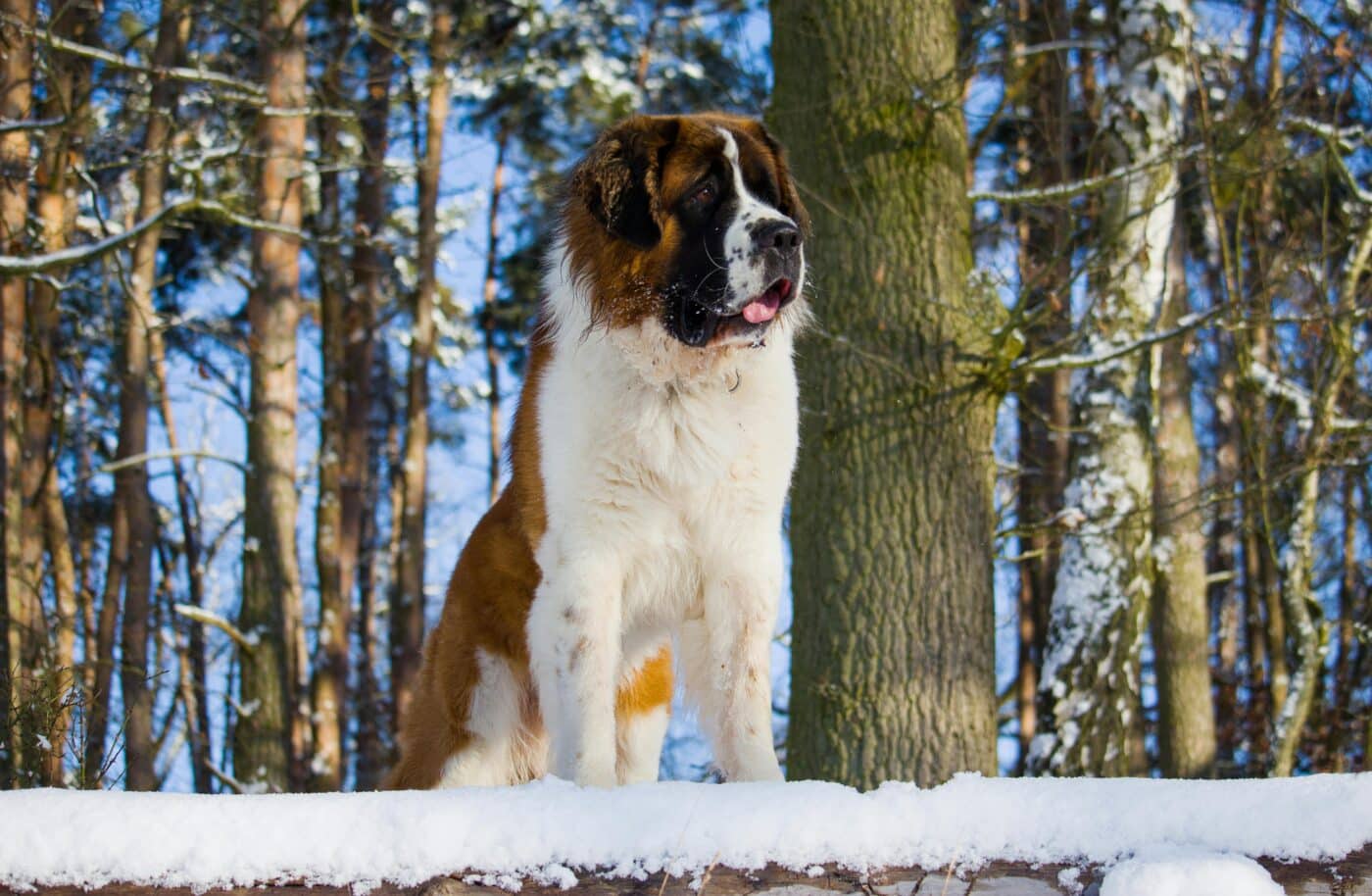
3. Bullmastiff
The Bullmastiff, a powerful and protective breed, typically lives for 7 to 9 years. This breed was developed in the 19th century to guard estates and has a strong, muscular build. However, their size and build also contribute to various health issues that can shorten their lifespan. Bullmastiffs are prone to hip and elbow dysplasia, as well as heart problems like aortic stenosis and subvalvular aortic stenosis, both of which can lead to heart failure. They are also susceptible to cancer, particularly lymphosarcoma, which can significantly reduce their life expectancy. Despite their health challenges, Bullmastiffs are known for their loyalty and protective nature, making them excellent family guardians.
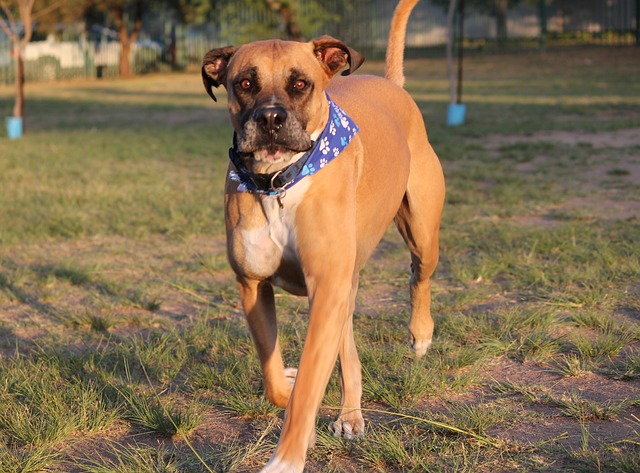
2. Leonberger
The Leonberger is a giant breed with a gentle temperament, known for its lion-like mane and sweet disposition. However, their lifespan is disappointingly short, typically ranging from 7 to 9 years. Leonbergers are prone to several genetic conditions, including hip dysplasia, osteosarcoma, and heart disease. They also have a higher-than-average incidence of polyneuropathy, a nerve disorder that can lead to muscle weakness and coordination problems. Additionally, like many giant breeds, they are at risk for bloat, which can be life-threatening. Leonberger’s short life starkly contrasts its large size and big personality, but those who own them cherish every moment.
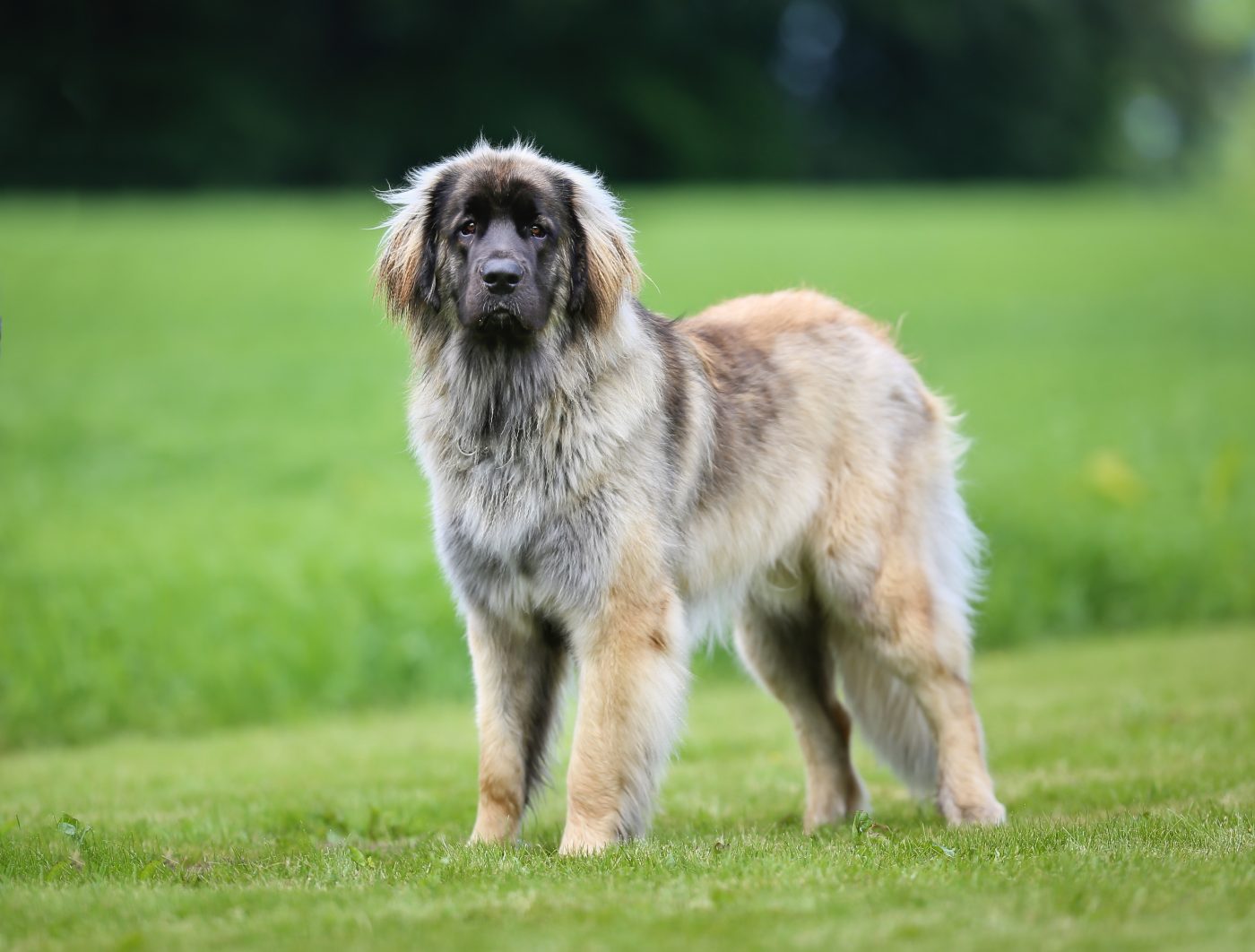
1. French Bulldog
Despite being a small breed, the French Bulldog has one of the shortest lifespans, typically living only 8 to 10 years. This might be a surprise since smaller breeds usually live longer than their larger counterparts. However, the French Bulldog’s health is compromised by its brachycephalic (short-nosed) structure, leading to respiratory issues. They are also prone to a variety of other health problems, including hip dysplasia, patellar luxation, and intervertebral disc disease. Additionally, their unique build makes them susceptible to overheating and breathing difficulties, particularly in hot weather. French Bulldogs are incredibly popular despite these health challenges due to their affectionate and playful nature.
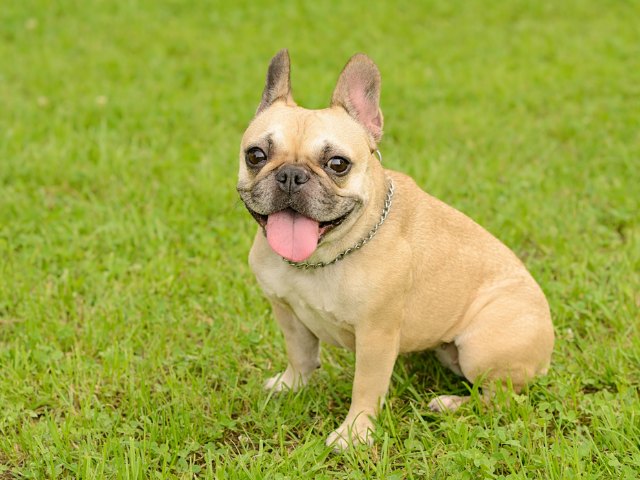
Owning a dog from one of these breeds with a shorter lifespan can be rewarding and heart-wrenching. While these dogs may not be with us for as long as we would like, the love and companionship they offer are unparalleled. It’s important for potential owners to be aware of the health challenges these breeds face and to provide them with the best possible care throughout their lives. By understanding the unique needs of these breeds, owners can help ensure that their furry friends live their lives to the fullest, even if their time is shorter than they wish.






